At Age 25, Southern Great Plains Has Gathered Critical Data
Published: 19 June 2017
At ARM’s flagship atmospheric observatory the future (megasites and more modeling) is already at hand
This is the second article in a series about the first 25 years of data at the ARM Climate Research Facility.
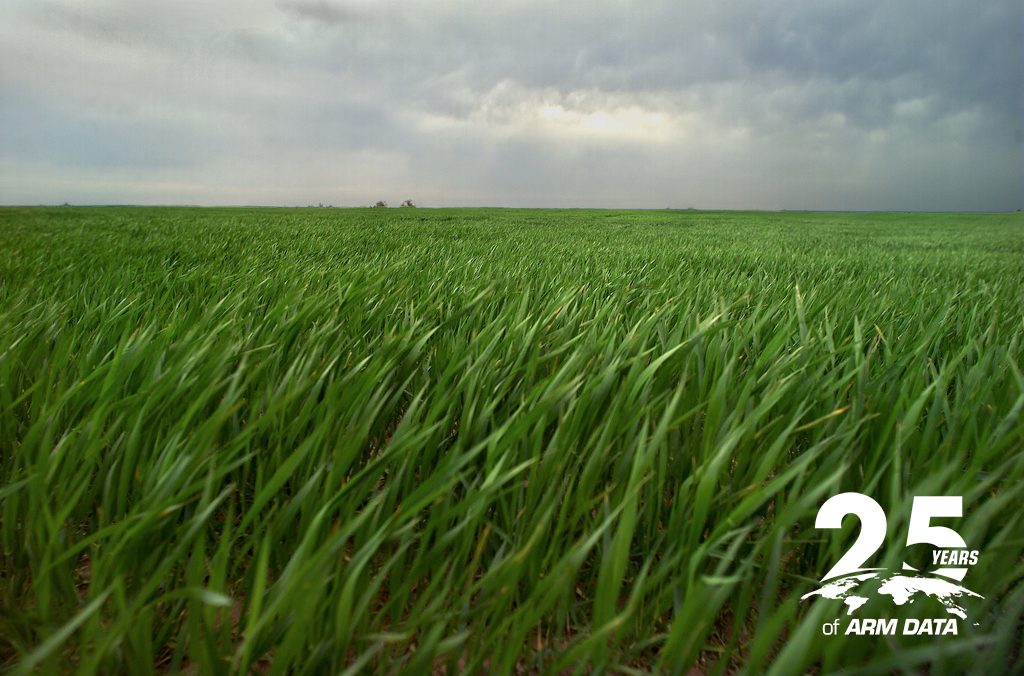
In the late 1980s there was widespread concern among atmospheric scientists that troubling knowledge gaps existed regarding solar radiation and clouds, and how they were being represented in global models. There were also gaps in understanding a host of related atmospheric properties and processes.
By 1989, a plan was in place for what is now called the Atmospheric Radiation Measurement (ARM) Climate Research Facility, a U.S. Department of Energy (DOE) scientific user facility that decades ago was tasked with designing a system of continuous measurements that would unravel the radiation and cloud puzzle, look for other problems to solve, and improve the way atmospheric processes were represented in earth system models. ARM was intended to address those vexing problems of atmospheric science in ways that had never been attempted before.
What follows is a sketch of science through the years at the Oklahoma site, which remains ARM’s flagship observatory. But for a full view of ARM science, including details on the SGP observatory, consult a 30-chapter monograph on the first 20 years of the ARM Facility, published in 2016 by the American Meteorological Society.
Many ARM Firsts
The first task was to choose an observation site—one that could be instrumented, that was accessible to scientists, and that represented a type of locale with critical impacts to the Earth’s atmosphere. The first site turned out to be the Southern Great Plains (SGP) atmospheric observatory centered in Lamont, Oklahoma. It was in a mid-continental bull’s eye of several crisscrossing weather systems, remote yet handy to get to, and synergistically proximate to other state and federal observation programs.
In May 1992, the first instrument at the SGP observatory measured its first data point. In time, the site—which at its spatial peak spanned 55,000 square miles of farmland, pasture, and forest—provided “perhaps the most complete and comprehensive set of observations of any of the large-scale atmospheric observatories located around the world,” wrote Argonne National Laboratory’s Doug Sisterson and co-author in the monograph about ARM. He was the observatory’s first site manager.
The SGP observatory, joined later by a variety of ARM fixed and mobile sites around the world opened the gate to what 25 years later would be terabytes of atmospheric data from continuous measurements. At first, the data were mostly related to atmospheric radiation and the role of clouds, two big original earth system-model uncertainties behind the ARM Program. Many other challenges in atmospheric research followed, with the SGP site often in the scientific lead.
“There has been a lot of diversity” at the Oklahoma site, says ARM Technical Director Jim Mather, an atmospheric scientist at the Pacific Northwest National Laboratory (PNNL).
Daunting Diversity
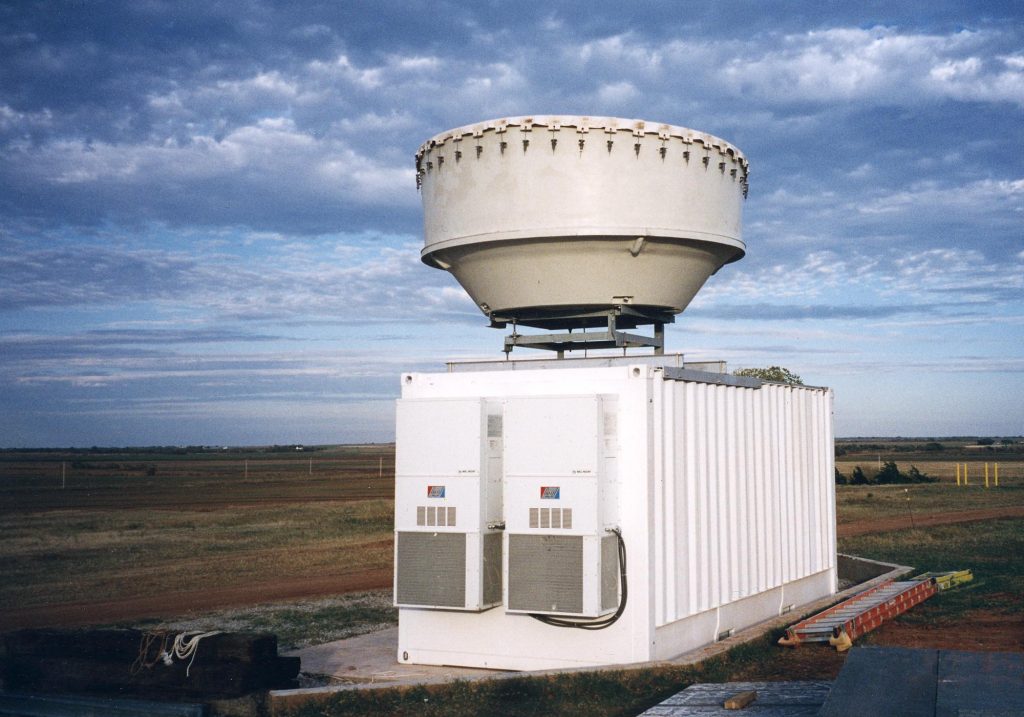
Mather is right on the mark. Work at the SGP observatory came to include a dizzying variety of investigations—those on water vapor, spectral infrared radiation, aerosol optical depth, radiative transfer modeling, cloud property retrievals, aerosol-cloud interactions, shallow convection and land-atmosphere interactions, three-dimensional (3D) radiative transfer, the absorption properties of clouds, atmospheric carbon, and satellite data validation.
There were also investigations on evaluating and improving both cloud-resolving models and a simplified version of global circulation models called single-column models.
In the realm of hardware, the SGP observatory was a testbed at the center of advances in instrumentation like microwave radiometers, millimeter-wavelength cloud radars (beginning in 1996), Raman lidar, and broadband, shadowband, and filter radiometry. A move that was “both bold and brave,” wrote monograph chapter author Pavlos Kollias, Stony Brook University and Brookhaven National Laboratory. The first aerosol observing system (AOS) was built for deployment at the SGP site in 1996.
Outdoor Laboratory
For ARM’s early instrument development program, the SGP observatory became an outdoor laboratory for testing and field-hardening devices for measuring radiation, wind, precipitation, and other factors important to understanding the atmosphere and improving earth system models. Many of these instruments included in the development program had never been operated in an autonomous way before, 24 hours a day and seven days a week.
For example, before it was hardened at the SGP observatory, Raman lidar was not robust or efficient. “It was a three-Ph.D. kind of thing,” says David Turner, a meteorologist with the National Oceanic and Atmospheric Administration and an early ARM user.
Location mattered, back then as it does now. “We would usually try things at the SGP first because it’s easier to work out there, and they get a wide range of conditions,” says Mather. “Instrument development and application was emphasized in the early period.”
Turner, who wrote for and edited the ARM monograph agrees. “Much of the early work in all areas of ARM occurred at the SGP.” For atmospheric science, he calls the SGP observatory “the model basic research program.”
The SGP observatory reached maturity in three phases. The first, by 1997 established the site and developed the primary instruments. The second began in the late 1990s, when the SGP infrastructure was reorganized and wrapped up in 2004 when ARM become a national scientific user facility. That expanded input at the SGP and elsewhere from a cohort of users from all over the world.
The third SGP phase, starting in 2010, saw the revision of scientific aims with the introduction of the DOE’s Atmospheric System Research (ASR) program. It was a merger of the ARM science program (which focused on the radiative impact of gases, aerosols, and clouds) with the DOE’s Atmospheric Science Program (which focused on the life cycle of aerosol particles, including detailed laboratory studies). ASR was designed to better integrate atmospheric research activities within DOE’s Office of Science to allow studies of the atmospheric system in a comprehensive, end-to-end fashion.
Inside the Column
Starting with the SGP site’s scale and its comprehensive and continuous measurements, “we changed the way people do atmospheric science,” says Gerald “Gerry” Stokes. “We set a brand new standard.” Now a visiting professor at Stony Brook University, he was ARM’s first chief scientist and instrumental in conceiving the program and in choosing the site for SGP observatory.
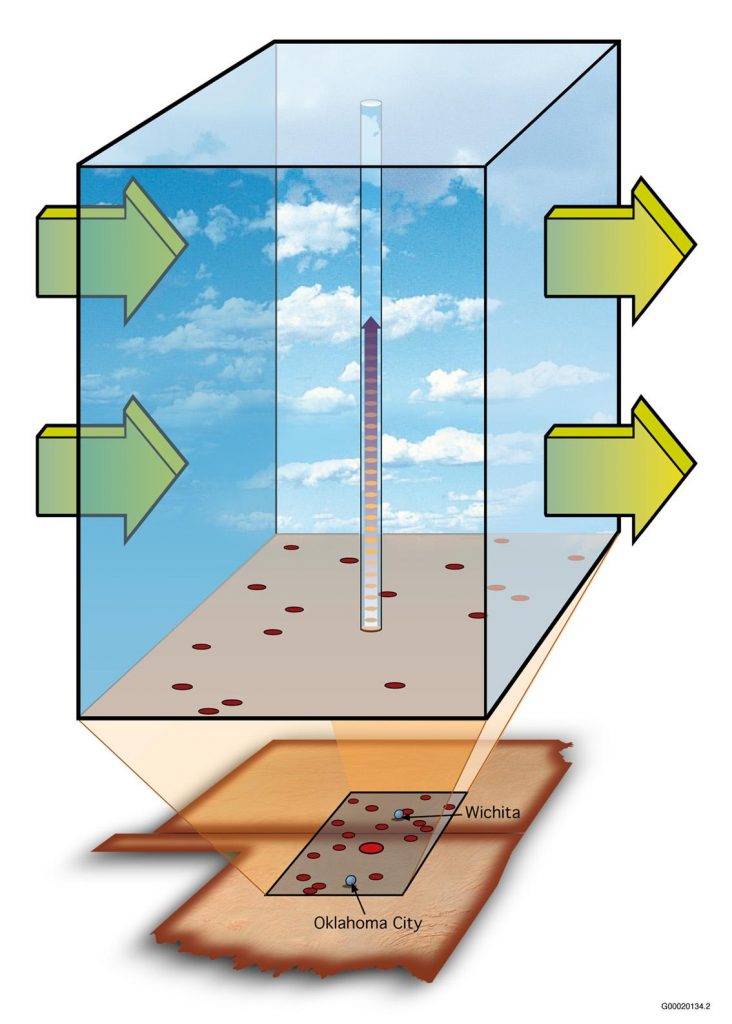
In the beginning, says Mather, there was a focus at the SGP site on the contents of the column and its effects on radiation—not so much on how the column got there, as is the case at the SGP (and elsewhere) today. “Now there is more attention to process,” he says. (Mather and Turner were two of the co-authors of the monograph chapter on the scientific maturation of the ARM Program.)
A lot of early SGP work involved getting clear-sky radiation right (including contributions from Turner) and how water vapor is measured correctly. Later in the 1990s, there was a gradual increasing emphasis on clouds, which are still a source of uncertainty in models of the future Earth system.
“There was a sense, OK, you have to deal with cloudy sky radiation now,” says Mather, “and then deal with it in models.”
Another big theme in the early days at the SGP observatory was the idea of the single-column model (SCM) experiment. The single-column model is one way to test and evaluate a global circulation model (GCM) as a single column of the GCM. GCMs represent the globe with a series of discrete columns of cells.
The first ARM field campaign on SCMs took place at SGP in the winter of 1994, and touched off five years of multi-seasonal campaigns, each typically lasting 21 days.
It was thought that a calculated array of such models could represent a single grid box in a larger-scale earth system model. (At the SGP, the first column was 300 kilometers to a side, a GCM standard.) Radiosondes around the boundaries would capture what was coming in and out of the system.
The SCM is explained in an ARM monograph chapter by Minghua Zhang (Stony Brook University) and his co-authors, who also outline how SGP data were used to drive these models. They write, “Results from the SCMs have motivated and led to many updates and modifications to the parameterizations in the current generation of global climate models.”
LASSO Foreshadowed
Mather sees SCMs as a foreshadowing of ARM’s present-day LES (large-eddy simulation) ARM Symbiotic Simulation and Observation (LASSO) workflow.
With modern increases in computational power, scientists are now able to run LES models, which include more detailed representation of physical processes and higher resolution than SCMs. The goal of LASSO is to take the concept used in the previous SCM studies, but to employ it much more frequently and at much higher spatial resolution. The SCM studies typically focused on only a couple of days a year.
Inside the Clouds
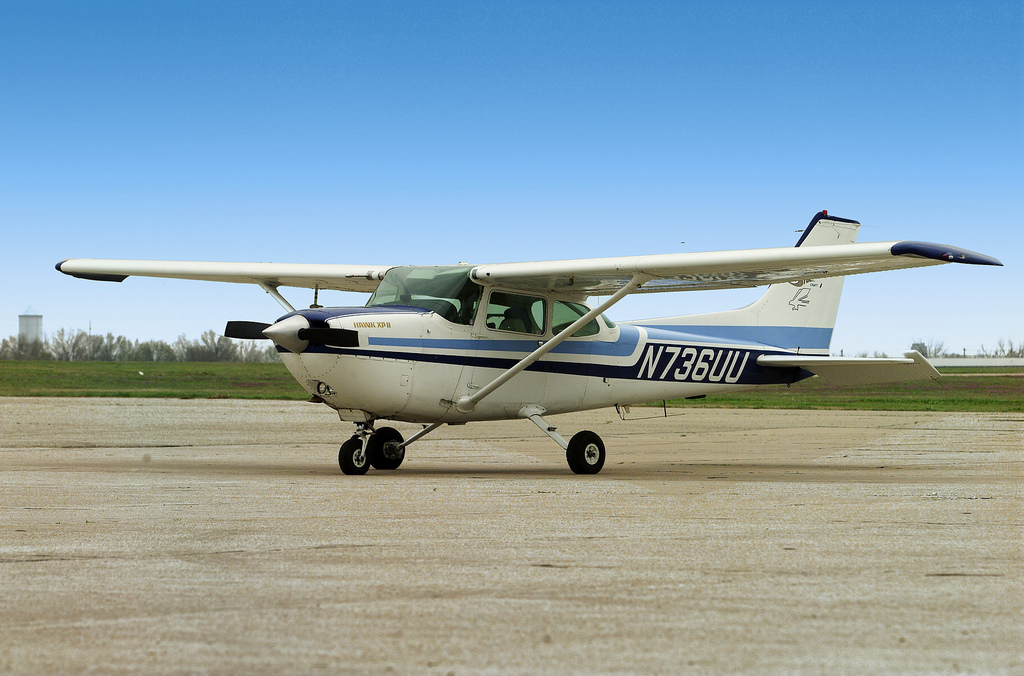
The period roughly covering 2002 to 2009 “was a busy but less coherently focused area,” says Mather. “There was no overarching theme in this middle period.”
In part, that was because the sense of the science mission was maturing and getting more complex. It was also because so much of ARM’s energy was going to other, newer fixed sites: Tropical Western Pacific observatory opened in 1996 (closed now, but where Mather focused his own early research) and North Slope of Alaska observatory opened in 1997.
Still, the SGP observatory kept up a drumbeat of investigations. Scientists were drawn there because “it was difficult to do new things at some of the other sites,” says Mather, where there was often not a lot of staff, visits were short, weather could be forbidding, there was less infrastructure, and (in some cases) there were international complications.
No one theme emerged at the SGP observatory in this period, but it is fair to say there was a general trend to get further into exploring the complicated concepts behind clouds, along with aerosols. Aerosols occasioned important activities during this period at the SGP observatory, including two major short-term field campaigns and airborne experiments using a small plane.
During this time, there were also advances in lidar and microwave radiometry; a lot of effort to get accurate measurement of broadband radiation; and many experiments around retrieving cloud microphysical properties from radar.
There was also a flurry of SGP-centric science work on aerosol optical properties, 3D radiative transfer, land-atmosphere interactions (which had been just a minor note a decade earlier), and the absorption properties of clouds.
“That drove people crazy for years,” says Mather of absorption properties, “and we still haven’t solved it yet.”
During this middle period there was an intensive operational period (IOP) on aerosol sampling; an experiment on ice nucleation that culminated in 2008; and a long-term project on sampling atmospheric carbon and aerosol properties aloft using regular flights with a hired Cessna 173, and later a Cessna 206. (A monograph chapter by Beat Schmid, ARM’s Aerial Facility Manager and scientist at PNNL, and others, outlines the journey of ARM aircraft measurements.)
“There was a lot going on,” says Mather, in defense of the SGP’s eclectic but busy middle phase. “Throughout this period there was important work going on.”
Towards Holistic Models
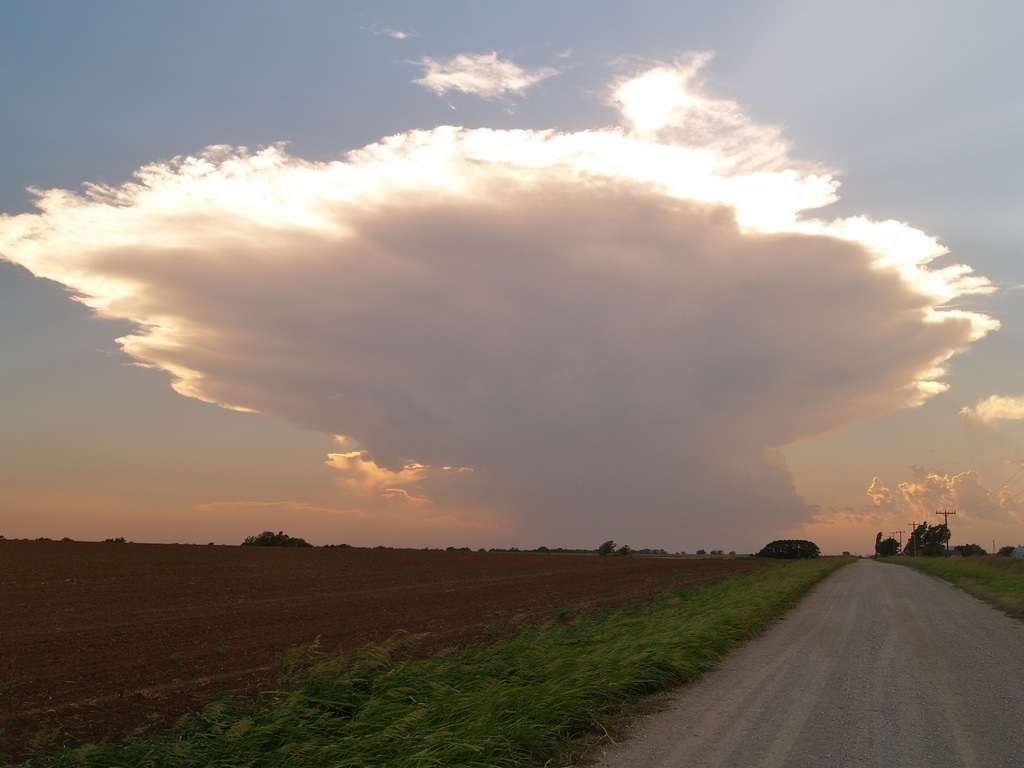
In 2010, the introduction of ASR ushered in the third era of SGP science, which was motivated by the new program’s organizing principle: to create research synergies focused on holistic investigations of those atmospheric processes needed to improve earth system models.
“ASR is looking at the whole picture,” says Mather of those interwoven processes. “How it’s all evolving, how it interacts, how you can predict clouds. You need a lot of detail information to get at how a cloud is evolving.”
This emphasis on integrating threads of atmospheric science points to dynamic information schemes like LASSO, to the idea of megasites, and to a renewed emphasis on modeling—all of which characterize the scientific impact of the SGP observatory.
Funding in 2009 helped bring in new instruments to enhance aerosol observations throughout ARM. The SGP observatory added its scanning dual-frequency cloud radar and new scanning cloud radars allowed the Facility at the SGP site (and beyond) to get statistics on the spatial distribution of clouds.
Also added were scanning precipitation radar (“a huge addition,” says Turner), and scanning Doppler lidars. These instruments freed the site from its constrained soda-straw view of the atmosphere, and eased it into a science era devoted to acquiring more 3D perspectives. ARM was also able to add new instruments to replace older systems nearing the end of their lifespans. These included microwave radiometers (MWRs) and atmospheric emitted radiance interferometers (AERIs).
To implement new instruments at the SGP observatory, the past briefly became the present: from 2012 to 2014, Sisterson took on his old role again.
A New Era of Campaigns
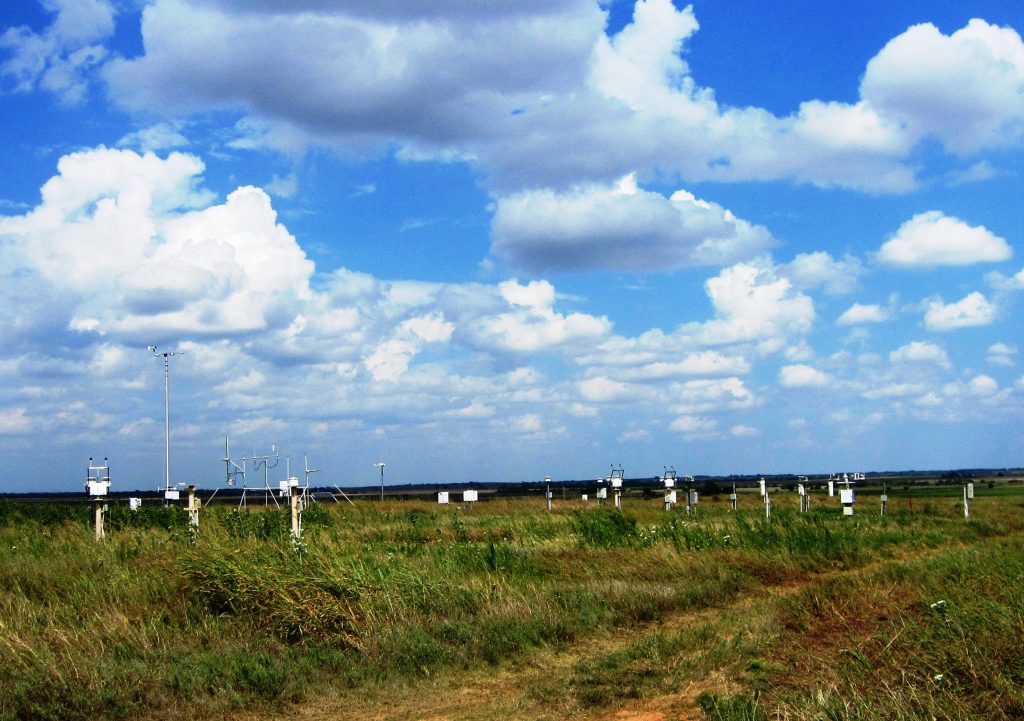
In harmony with the new era, recent campaigns at SGP took a more holistic view of the science mission. One was the 2011 Midlatitude Continental Convective Cloud Experiment (MC3E) campaign, a joint field study involving the NASA Global Precipitation Measurement Program and ARM investigators. The goal was to record a comprehensive portrait of convective cloud systems and the environment that influences them.
Just last year at the SGP, the Holistic Interactions of Shallow Clouds, Aerosols, and Land-Ecosystems (HI-SCALE) campaign also looked at convective clouds, although focusing on shallow rather than deep convection. It coupled more strongly than before the macrophysical and microphysical properties of clouds to land surface properties, ecosystems, and aerosols.
To highlight one HI-SCALE element, land-atmosphere interactions were important very early in the first SGP era. (A monograph chapter on surface properties and interactions, by PNNL’s Larry Berg and others, provides some perspective. Berg is current chair of the ARM User Executive Community.) Measurements from the site in the mid-1990s helped evaluate the impact of solar zenith angle on the surface albedo, for instance. But in the decade following 1995, these interactions got less interest from ARM investigators as they focused on other science questions.
In an ASR era of more holistic science at the SGP observatory and elsewhere, this factor has gotten renewed attention. “To do these shallow clouds right, you have to get the surface right,” says Mather of land-atmosphere interactions. “But this was not the high nail for a long time.”
Science Impact in the Numbers
The durability of the SGP observatory as a site of important science for 25 years is illustrated in the publication numbers. In those two and a half decades, ARM science and data have inspired more than 3,000 journal articles. Of that number, the Oklahoma site accounts for about 700, more than any other source of data, fixed, mobile, or airborne.
There is a legacy of science too, says Stokes, including the water vapor methodologies developed at SGP, and the quality of radiometric calibrations. Add to that the multi-year, decadal studies that use SGP data. (For more, see the monograph chapter on SGP by Sisterson and others.)
Another measure of the SGP’s science power is its international influence, says Turner, who called it “the gold standard” for observation sites now in the United Kingdom, France, Germany, the Netherlands, and elsewhere. “It’s the most advanced of all the super sites.”
“The focus has changed a lot in 25 years,” says Mather of the SGP, which remains ARM’s flagship atmospheric observatory. “The science has evolved. We’ve made progress.”
The ARM Climate Research Facility is a DOE Office of Science user facility. The ARM Facility is operated by nine DOE national laboratories.
Keep up with the Atmospheric Observer
Updates on ARM news, events, and opportunities delivered to your inbox
ARM User Profile
ARM welcomes users from all institutions and nations. A free ARM user account is needed to access ARM data.


















